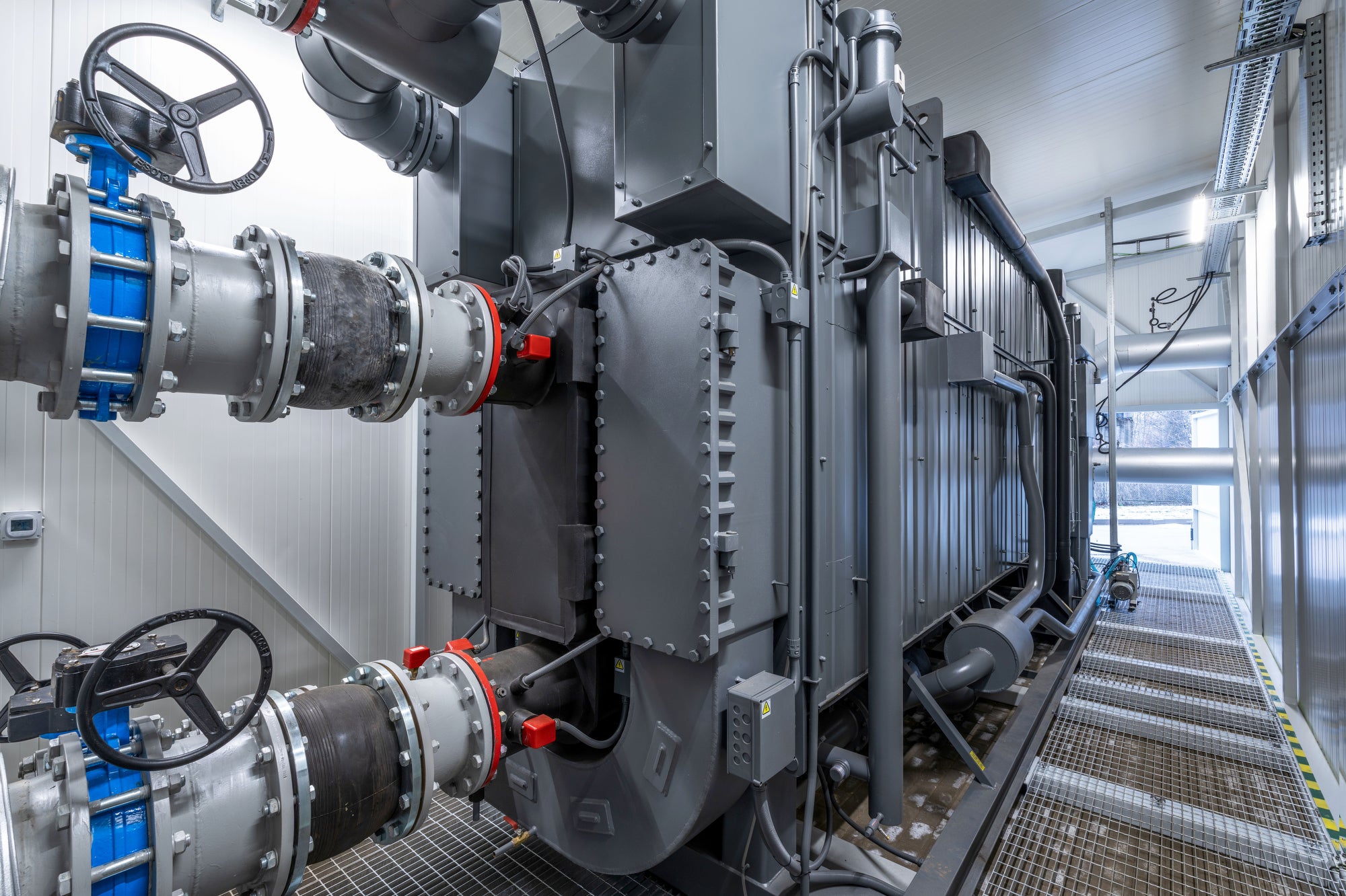Southern California Passes Landmark Rule to Electrify Water Heaters & Boilers
Victory
—Southern California is set to replace over a million pieces of gas-powered equipment with zero-emissions technology and cut smog-harming NOx pollution by 5.6 tons per day
Contact
Today, the South Coast Air Quality Management District (SCAQMD) passed rule 1146.2, the nation’s first rule to electrify industrial boilers and water heaters. This vital rule will address 10% of NOx emissions from all stationary sources in the region, while sending a clear market signal to advance zero-emissions equipment in commercial and industrial buildings across the nation. The new standard is the second industrial electrification measure in the country, following in the footsteps of Southern California’s new standard passed in 2023 to electrify commercial food manufacturing in the region.
The South Coast Air Basin, which covers Orange, Los Angeles, Riverside, and San Bernardino counties, is home to the worst air quality in the country. In order to bring the region’s dangerously polluted air into compliance with state and federal laws, the Air District is tasked with reducing harmful emissions from all major pollution sources. While less visible than emissions-spewing pollution sources like refineries and trucks, fossil fuel-powered boilers and water heaters are a significant source of smog-forming nitrogen oxide (NOx) and deadly particulate matter (PM 2.5) in the region.
“When it comes to our industrial sector, we don’t have to boil the planet to boil water. With this pivotal rule, Southern California is set to replace over a million pieces of gas-powered equipment with zero-emissions technology. This is a major step forward in our region’s fight to clean the air for over 17 million people and invest in zero-emissions solutions,” said Adrian Martinez, Deputy Managing Attorney of Earthjustice’s Right To Zero campaign. “If Southern California can forge ahead and do this, so can the rest of the nation.”
Rule 1146.2 will reduce NOx pollution in Southern California by 5.6 tons per day, the equivalent of cutting roughly half of all NOx emissions from cars in the region. This rule is also a market signal that will drive innovation and funding for the inevitable shift to zero-emissions equipment for the powering and heating of commercial and industrial buildings.

A lithium bromide absorption heat pump, used to recover waste heat to produce hot water or steam for heating and industrial processes. (imantsu / Getty Images)
“This is a terrific first step towards eliminating the dangerous emissions from industry in communities across California and the country – proof of concept that industry can transform while cleaning our air,” said Evan Gillespie, Partner at Industrious Labs. “This is just the start. From zero-emission standards for larger polluting industrial equipment to a host of supportive policies that help leading companies navigate the transition to zero-emission, much more is needed and we look forward to working with the Air District and other stakeholders to lead the transition towards a clean, just, and robust manufacturing base in California.”
As the number one manufacturing state in the country, emissions from California’s vital industrial sector are responsible for roughly a quarter of all greenhouse gasses in the state, making the sector the largest source after transportation. California is leading the shift to zero-emissions manufacturing, spurring innovation to pave the way for industrial electrification across the nation.

Additional Resources
About Earthjustice
Earthjustice is the premier nonprofit environmental law organization. We wield the power of law and the strength of partnership to protect people's health, to preserve magnificent places and wildlife, to advance clean energy, and to combat climate change. We are here because the earth needs a good lawyer.